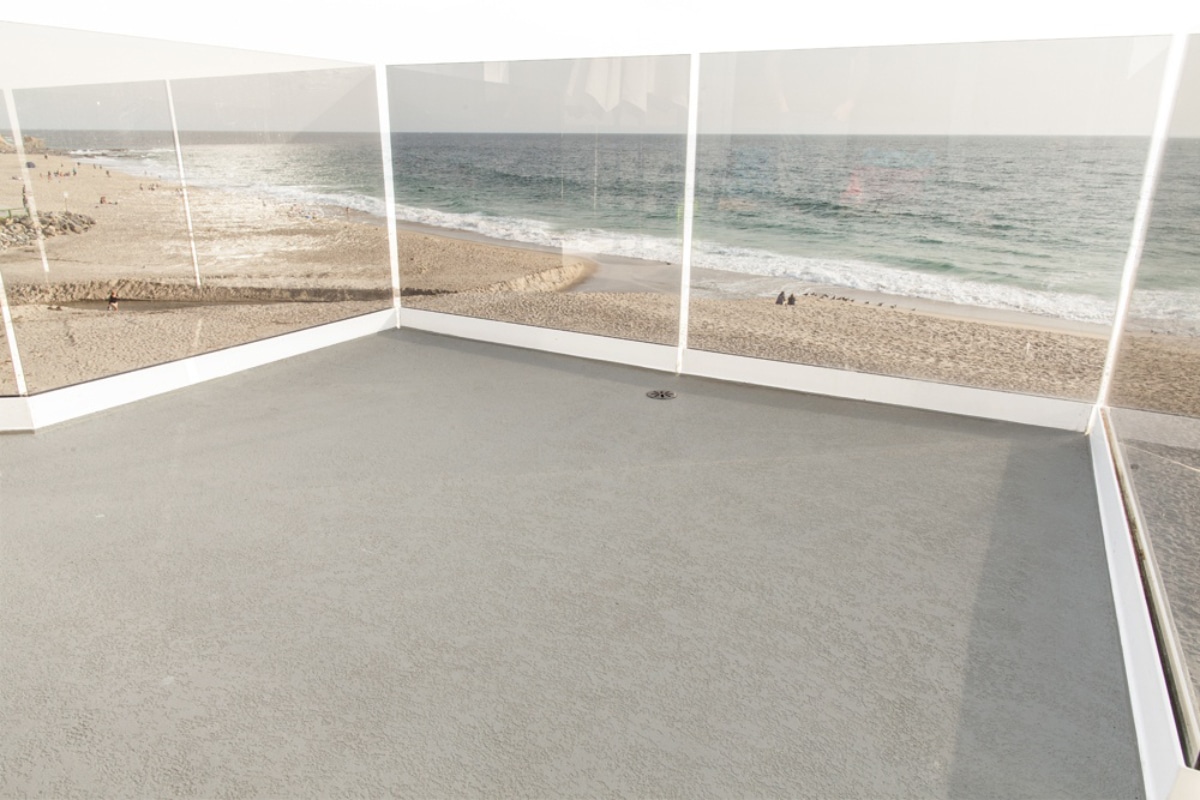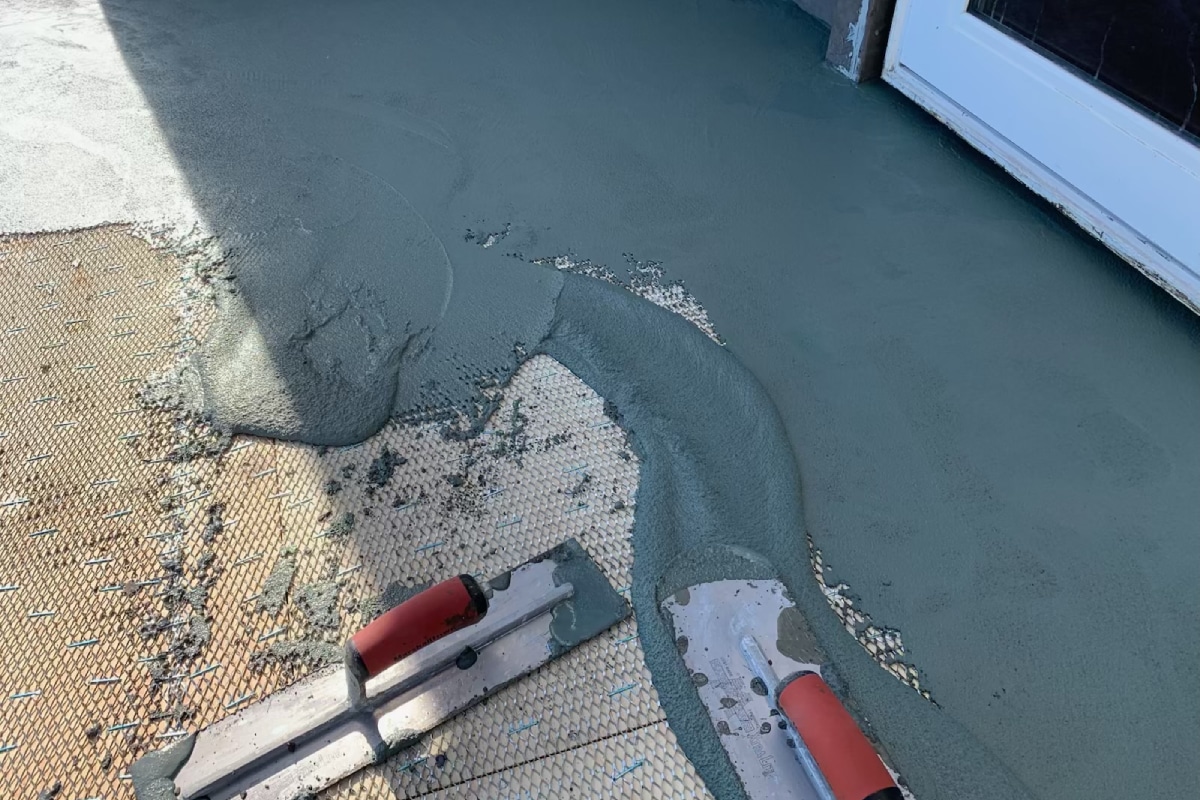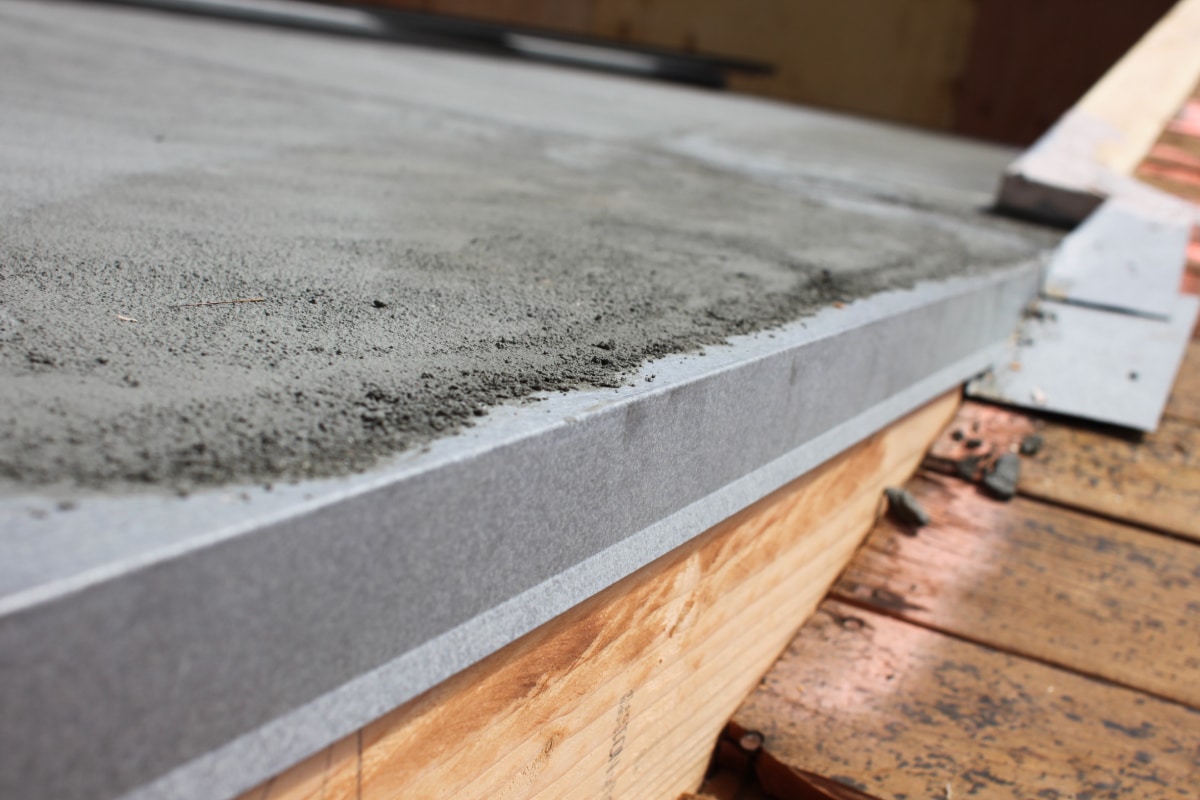Decks are cherished outdoor spaces, offering a comfortable setting to unwind, host gatherings, and enjoy the natural beauty of your backyard. However, decks are constantly exposed to rain, snow, and harsh sunlight, all of which can cause significant wear and tear. Over time, moisture can lead to mold, mildew, wood rot, and even structural damage, turning your once-pristine deck into a safety hazard. That’s why waterproofing is an essential investment—it safeguards your deck, extending its lifespan and keeping it looking beautiful for years to come.
But how much does it cost to waterproof a deck? The answer depends on several key factors, including the size of the deck, the type of waterproofing system you choose, the labor involved, and any necessary repairs. In this comprehensive guide, we’ll break down everything you need to know about deck waterproofing costs, helping you make the best decision for your home and budget.
Why Waterproofing Your Deck Matters
Waterproofing a deck goes beyond aesthetics—it’s a critical step in preserving the structural integrity of your outdoor space. When water seeps into the wood, it can cause swelling, cracking, and decay. Left untreated, this damage can compromise the entire structure of the deck, leading to costly repairs or even full replacement.
Here are just a few reasons why waterproofing matters:
Waterproofing stops water from penetrating the wood, reducing the risk of rot and mold growth. It also enhances safety by reducing slipperiness, maintains the deck’s color and finish, and boosts home value by preserving the deck’s appearance and function.
By investing in waterproofing, you’re not only protecting your deck from the elements but also saving money on potential repairs and replacement in the future.
What Factors Affect the Cost of Waterproofing a Deck?
The cost of waterproofing a deck varies depending on several factors. Understanding these can help you estimate the investment and avoid unexpected expenses.
Deck Size
Naturally, the larger the deck, the more materials and labor will be required, which increases the total cost. Most waterproofing contractors price their work per square foot, so having accurate measurements is essential. If you have a 100-square-foot deck, it will obviously cost less to waterproof than a sprawling 500-square-foot deck.
Type of Waterproofing System
Not all waterproofing systems are created equal. There are several options available, each with its own cost, benefits, and longevity.
- Sealants and Coatings: These are typically made of acrylic, silicone, or polyurethane. They’re applied directly to the surface of the deck and create a protective film that repels water. Sealants and coatings are budget-friendly, usually ranging from $1.50 to $3.00 per square foot. They’re a good choice for decks in mild climates or for homeowners looking for a temporary solution.
- Liquid Membrane Systems: Liquid membranes offer a more robust level of protection. They’re applied as a thick, seamless coating that fully encapsulates the deck’s surface. These systems typically cost between $4.00 and $6.00 per square foot. Liquid membranes are a great choice for decks exposed to heavy rain or high humidity, as they provide long-lasting protection and can adapt to the natural movement of wood.
- Sheet Membrane Systems: This is the most comprehensive and durable option. Sheet membranes are rolls of waterproof material that are laid down and sealed over the deck’s surface. They create an impenetrable barrier against water and are ideal for areas with extreme weather or for decks that see a lot of traffic. However, sheet membrane systems require specialized installation and typically cost between $6.00 and $12.00 per square foot.
Labor Costs
Labor can account for 40% to 60% of the total cost of waterproofing a deck. Rates vary depending on your region and the contractor’s experience. In high-cost-of-living areas or in regions with a lot of demand for waterproofing services, labor rates may be higher. Hiring experienced professionals is crucial, as waterproofing requires skill and precision to ensure an even, thorough application.
Deck Condition and Preparation
Before waterproofing can begin, the deck must be properly prepared. This involves cleaning the surface, removing old coatings, and repairing any damaged areas. If your deck has rotting wood, loose boards, or structural issues, these repairs will add to the total cost. Small repairs, like replacing a few boards, might only cost a few hundred dollars. But if the damage is extensive, repairs could climb into the thousands.
Regional Pricing Differences
Where you live also impacts the cost of waterproofing. Urban areas and coastal regions typically have higher prices for both labor and materials. In contrast, rural areas or places with lower demand for waterproofing services might have more competitive rates.
Average Costs for Waterproofing a Deck
Given the price range of $3 to $12 per square foot, here’s how the cost might break down for decks of different sizes:
- 100 square feet: $300 to $1,200
- 200 square feet: $600 to $2,400
- 300 square feet: $900 to $3,600
- 400 square feet: $1,200 to $4,800
These are general estimates. Complex projects or the use of premium materials will push costs higher.
The Process of Waterproofing a Deck
Understanding the steps involved in waterproofing a deck can help you appreciate where your money goes and why it’s important to hire a professional.
Inspection and Preparation
The process begins with a thorough inspection of the deck. Contractors will assess the condition of the wood, check for rot or damage, and identify any repairs needed. Once the inspection is complete, the deck must be cleaned to remove dirt, mold, and mildew. Pressure washing is often used for this step, and while it adds to the cost, it ensures a clean surface for the waterproofing material to bond to.
Repair Work
If there are damaged or rotting boards, they’ll need to be replaced before waterproofing begins. This step is crucial because applying waterproofing materials to a compromised structure won’t solve the underlying problem and could lead to bigger issues later.
Application of Waterproofing Material
The chosen waterproofing system—whether it’s a sealant, liquid membrane, or sheet membrane—is applied carefully and evenly across the deck’s surface. For liquid systems, multiple coats may be required to achieve the desired level of protection. Sheet membrane systems are laid down and sealed, creating a continuous barrier against moisture.
Curing and Final Inspection
The waterproofing material needs time to cure and fully bond with the deck’s surface. This ensures maximum durability and protection. Once cured, a final inspection is carried out to ensure there are no missed spots or weak areas.
Long-Term Benefits of Waterproofing Your Deck
Waterproofing a deck is an investment that pays off in several ways. Here’s how:
Waterproofing significantly extends the life of your deck. Instead of replacing boards every few years, a properly waterproofed deck can last decades with minimal maintenance. It also reduces ongoing maintenance costs, improves your home’s curb appeal, and offers peace of mind knowing your deck is protected from the elements and potential damage.
DIY vs. Professional Waterproofing
Some homeowners consider taking on waterproofing as a DIY project to save money. While DIY waterproofing can be cost-effective for small, straightforward decks, it comes with its own set of challenges and risks.
DIY Waterproofing offers lower upfront costs and the flexibility to work at your own pace. However, mistakes can lead to costly repairs down the line, and the materials used might not be as durable as professional-grade products.
Professional Waterproofing involves higher initial costs but ensures long-lasting results. Professionals use top-quality materials and have the experience needed to create a seamless, effective waterproof barrier. Many professionals also offer warranties, giving you peace of mind.
Common Questions About Deck Waterproofing Costs
How long does waterproofing last? Most waterproofing systems last between 2 to 5 years, depending on the materials used, climate, and usage. Premium systems like sheet membranes can last even longer.
Can I waterproof over old coatings? Generally, old coatings must be removed to ensure the new waterproofing bonds properly. This step adds to labor costs but is essential for a durable finish.
What’s the best time of year to waterproof a deck? Spring or early summer is ideal, when conditions are mild and dry. Waterproofing in rainy or humid conditions can affect curing and performance.
Are there environmentally friendly waterproofing options? Yes! Many modern waterproofing products are low-VOC and eco-friendly, providing effective protection without harming the environment.
Choose the Right Partner for the Job
Waterproofing your deck is more than a quick fix—it’s a long-term investment in your home’s beauty, safety, and value. The cost typically ranges from $3 to $12 per square foot, influenced by deck size, materials, labor, and regional differences. While the upfront expense might seem high, the peace of mind and protection it offers make it well worth it.
If you’re considering waterproofing your deck and want top-notch results, Prestige Deck Coating is your trusted local expert. With years of experience and a commitment to excellence, Prestige Deck Coating provides professional waterproofing solutions that keep your deck safe, beautiful, and worry-free for years to come. Contact them today to learn more about how they can help you protect and enhance your outdoor space.
Contact Prestige Deck Coating for a quote today.



